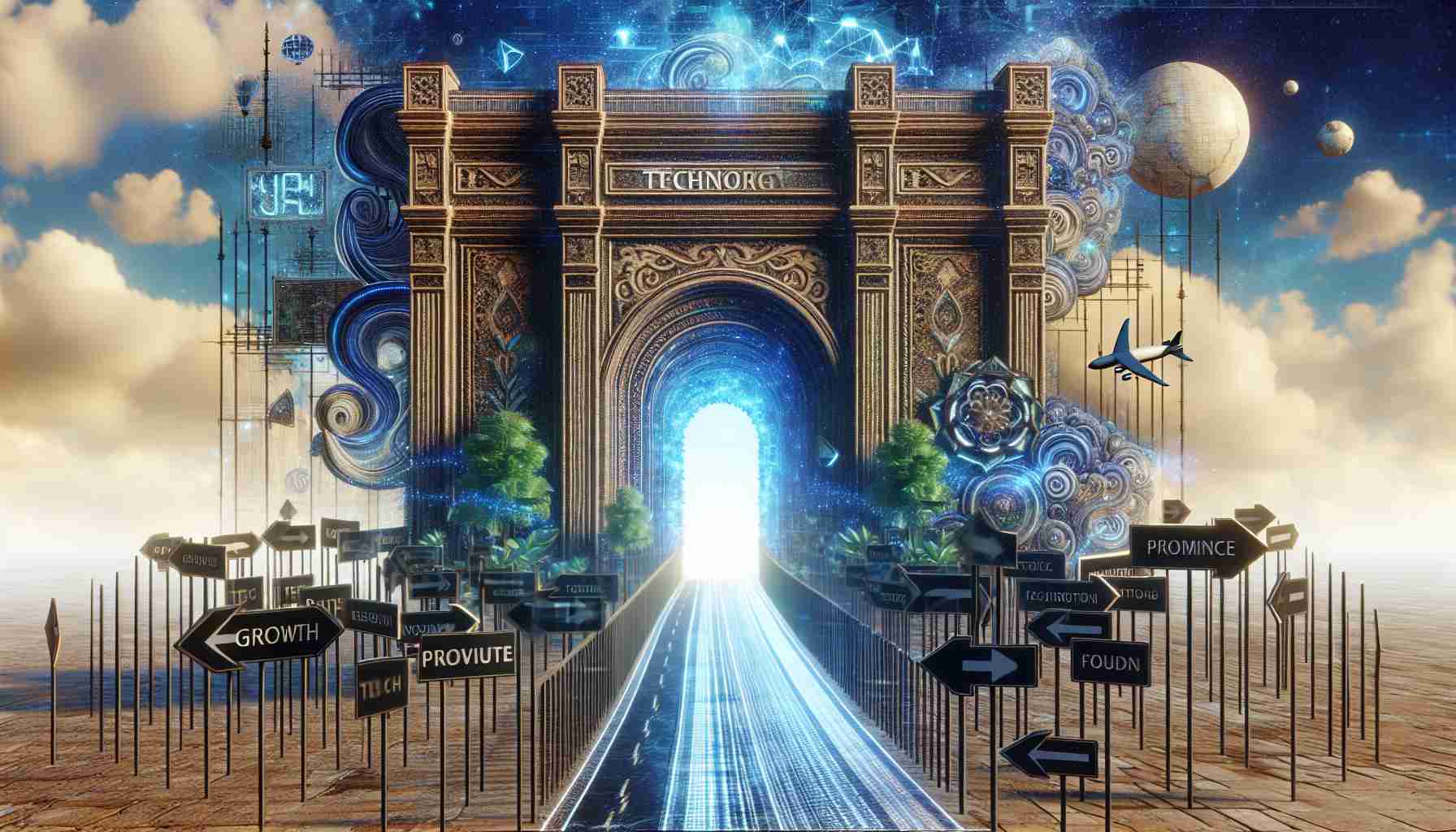- Black holes are formed from dying stars and possess immense gravitational pulls.
- A research team at the University of Michigan is exploring black holes using quantum computing.
- They utilize quantum matrix models to simulate complex systems related to black holes.
- The holographic principle suggests that black hole information may be coded on its surface.
- Understanding the ground state within black holes could unlock insights into space-time and gravity.
- This research aims to bridge quantum mechanics and gravitational theory.
- Continued discoveries may significantly change our understanding of the universe.
Prepare to have your mind blown! Black holes, the enigmatic monsters of the cosmos, have captivated scientists and dreamers alike for centuries. Formed from dying stars, these colossal entities have gravitational pulls so fierce that not even light can escape. But what if the secrets of their creation and behavior are just a quantum leap away?
A pioneering team of physicists at the University of Michigan, led by visionary Enrico Rinaldi, is harnessing the power of quantum computing to unravel the mysteries hidden within black holes. They’ve employed revolutionary quantum matrix models, which simulate complex quantum systems, to delve into the heart of these celestial wonders.
Could it be that the information locked inside a black hole is not confined to its inside, but instead sprawled across its two-dimensional surface? This groundbreaking insight is fueled by the holographic principle, merging the seemingly disparate worlds of quantum mechanics and gravitational theory into a unified vision of the universe.
As Rinaldi and his team fine-tune their quantum circuits—akin to composing a unique symphony—they search for the elusive ground state within a black hole. This state, the lowest energy configuration of its complex particle systems, holds the key to understanding both the fabric of space-time and the very essence of gravity.
In a pursuit that combines advanced technology with cutting-edge theory, these scientists might just be on the brink of redefining our perception of black holes forever. With each discovery, they are pulling back the curtain on the universe’s most tantalizing secrets—reminding us that the cosmos is still full of mysteries waiting to be uncovered. Stay tuned, as the universe’s greatest enigmas may soon be revealed!
Unlocking the Mysteries of Black Holes: Quantum Computing Sets the Stage for Cosmic Revelations!
Understanding Black Holes Through Quantum Computing
In a groundbreaking development in astrophysics and quantum mechanics, researchers at the University of Michigan, headed by physicist Enrico Rinaldi, are using advanced quantum computing techniques to explore the intricate behavior of black holes. Through innovative quantum matrix models, they aim to shed light on the enigmatic nature of these cosmic giants.
Key Insights and Innovations
1. Quantum Matrix Models: The use of quantum matrix models allows scientists to simulate complex interactions at a quantum level, providing unprecedented insights into black hole behavior.
2. Holographic Principle: This concept suggests that information about the volume of a black hole may be encoded on its two-dimensional surface, challenging traditional views of information storage in black holes.
3. Finding the Ground State: Rinaldi’s team seeks to identify the ground state within black holes, which could help explain the fundamental nature of gravity and space-time.
Pros and Cons of Current Research
– Pros:
– Potentially revolutionary insights into the fabric of the universe.
– Unification of quantum mechanics and general relativity.
– Advancements in quantum computing that could have broader applications in technology.
– Cons:
– Complexity of quantum systems could lead to computational limitations.
– Theoretical findings may take time to be experimentally validated.
– Risks of misinterpretation due to the abstract nature of both quantum mechanics and black holes.
Future Predictions and Market Forecast
The fusion of quantum mechanics and astrophysics could lead to a new field of study, prompting universities and startups to invest in quantum simulations and computational technologies related to space phenomena. The market for quantum computing is expected to grow significantly, making it a hotbed for innovation and research.
Frequently Asked Questions
1. What does the holographic principle imply for black hole information?
The holographic principle suggests that all the information contained within a volume of space can be represented as a theory on the boundary of that space. In the case of black holes, this means that information may not be lost within the black hole, but rather distributed across its event horizon.
2. How is quantum computing aiding astrophysics research?
Quantum computing allows researchers to model and analyze complex astrophysical phenomena that classical computers struggle to handle. This leads to deeper insights into the nature of fundamental forces, such as gravity, in extreme conditions.
3. What are the implications of finding the ground state in black holes?
Discovering the ground state would provide a clearer understanding of the interactions happening within black holes, potentially revealing the nature of gravity itself and how it operates at quantum scales, influencing our entire understanding of cosmic structures.
Exploring More About Black Holes
For more information on advancements in black hole research and quantum mechanics, visit Scientific American. You can also check Nasa’s official page for further insights into cosmic phenomena and the latest discoveries in space exploration.


















